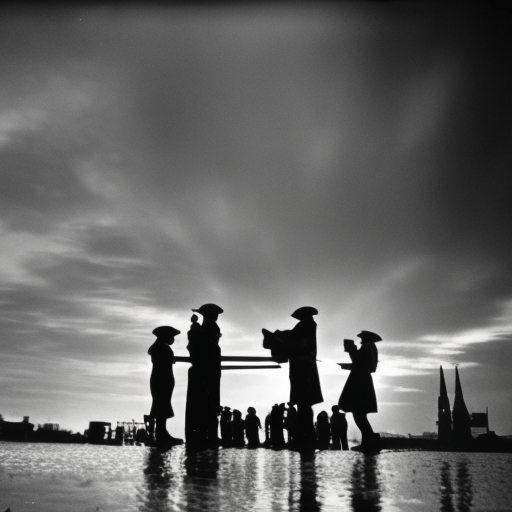The Netherlands War of Independence (second part)
The Netherlands War of Independence, also known as the Eighty Years’ War, was a conflict that spanned from 1568 to 1648 and resulted in the independence of the Dutch Republic from Spanish rule. The war can be divided into two main parts: the first part, which lasted from 1568 to 1609, and the second part, which took place from 1621 to 1648.
Background:
The first part of the Netherlands War of Independence saw the Dutch rebels, led by William of Orange, fighting against the Spanish Habsburgs, who sought to maintain control over the Netherlands. The rebels were motivated by religious and political grievances, as well as a desire for greater autonomy.
The Twelve Years’ Truce:
In 1609, a truce known as the Twelve Years’ Truce was signed between the Dutch Republic and Spain. This truce brought a temporary halt to the fighting and allowed for negotiations between the two sides. During this period, the Dutch Republic experienced a period of economic and cultural growth.
The second part of the war:
The second part of the Netherlands War of Independence began in 1621 when hostilities resumed between the Dutch Republic and Spain. The conflict was marked by a series of military campaigns and diplomatic negotiations.
The Siege of Breda:
One of the most significant events of the second part of the war was the Siege of Breda in 1624-1625. The Dutch forces, led by Maurice of Nassau, successfully captured the city of Breda from the Spanish after a lengthy siege. This victory boosted the morale of the Dutch and weakened Spanish control over the region.
The Peace of Westphalia:
The war finally came to an end in 1648 with the signing of the Peace of Westphalia. This peace treaty not only recognized the independence of the Dutch Republic but also marked the end of the larger conflict known as the Thirty Years’ War. The Peace of Westphalia established a new balance of power in Europe and laid the foundation for the modern system of international relations.
Impact:
The Netherlands War of Independence had a profound impact on the Dutch Republic and Europe as a whole. The Dutch Republic emerged as a major naval and commercial power, establishing colonies and trade networks around the world. The war also contributed to the decline of the Spanish Empire and the rise of other European powers, such as England and France.
Legacy:
The Netherlands War of Independence is considered a significant event in Dutch history and is celebrated as the birth of the Dutch nation. It also had a lasting impact on religious and political freedoms in Europe, as the Dutch Republic became known for its tolerance and religious diversity.
In conclusion, the second part of the Netherlands War of Independence was a continuation of the conflict between the Dutch rebels and the Spanish Habsburgs. It was marked by military campaigns, diplomatic negotiations, and significant events such as the Siege of Breda. The war finally ended with the signing of the Peace of Westphalia, which recognized the independence of the Dutch Republic and reshaped the balance of power in Europe. The war’s impact on the Dutch Republic and Europe was profound, leading to the rise of the Dutch Republic as a major power and contributing to the decline of the Spanish Empire. The war’s legacy includes the establishment of religious and political freedoms in Europe and the celebration of the Dutch Republic as the birth of the Dutch nation.












